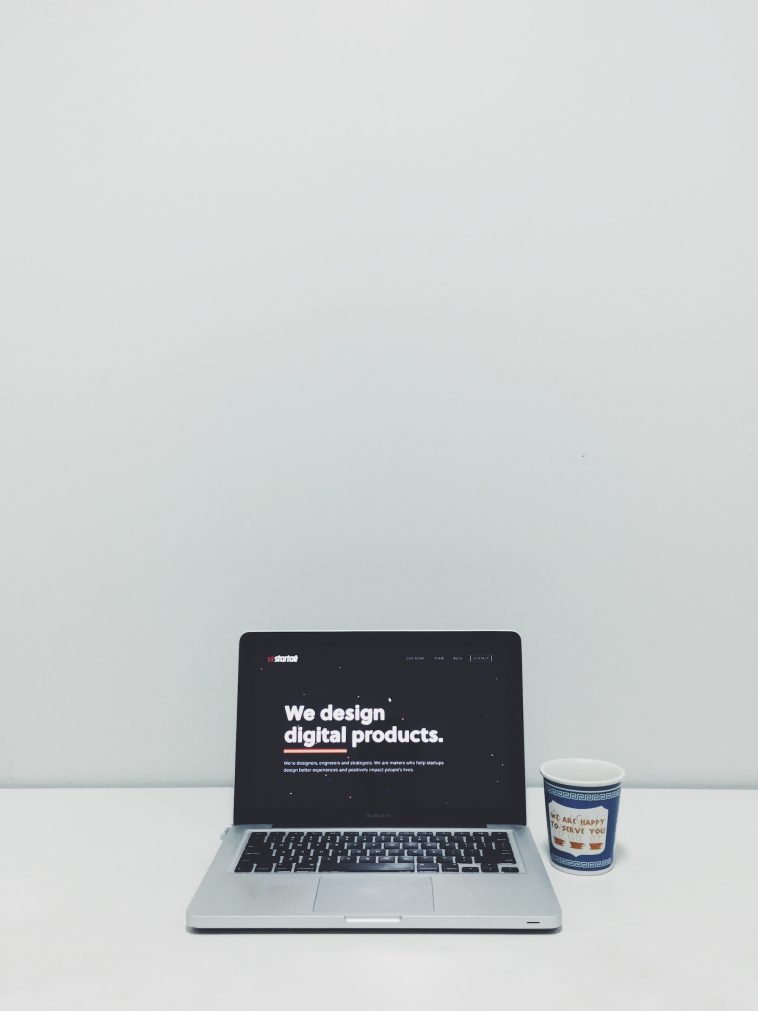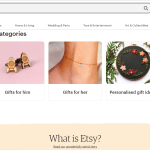Introduction.
So you’re thinking about creating a digital product—or maybe you already have one—and now you’re wondering: What actually makes a good digital product?
That’s a solid question. Because here’s the thing: not all digital products are equal. Some take off and start generating income almost immediately, while others just sit there with barely any sales, even after months of work.
I’ve been around the digital space long enough to know that success isn’t always about how flashy your design is or how much you spend on ads.
The real difference comes down to how useful, usable, and valuable your product is to the people you’re trying to serve. And that’s what this post is all about.
We’re going to talk about what separates a great digital product from a forgettable one.
Whether you’re building an online course, a downloadable template, an ebook, a SaaS tool, or even a mobile app—this guide will walk you through the key ingredients of something people actually want to buy, use, and recommend to others.
What Is a Digital Product, Really?
Let’s start with a quick definition. A digital product is something people can buy, download, or access online.
There’s no shipping involved. You’re selling something people can use right on their phones or computers.
Here are a few popular examples:
- Online courses and webinars
- Ebooks and guides
- Printable planners and templates
- Subscription-based tools or apps
- Membership sites
- Stock photos or digital art
- Software (SaaS)
- Audio files, beats, or music packs
Now, the big question—what makes a good one?
What Makes a Good Digital Product?
1. Solves a Real Problem
If your product doesn’t solve an actual problem, it’s not going to sell—simple as that.
Think about it: people don’t buy things just for fun (at least not most of the time). They buy because they’re trying to fix something, save time, earn more, reduce stress, or get closer to a goal.
Good digital products meet a clear need.
Example: A “content calendar template for busy marketers” sells better than just “a content calendar.” Why? Because it speaks directly to a problem—being too busy to plan content effectively.
Before you create anything, ask yourself:
What problem am I helping someone solve?
Who is struggling with that problem?
How urgently do they want to fix it?
Tip: Use communities like Reddit, Quora, Facebook Groups, or even Google’s “People Also Ask” feature to see what people are struggling with. Look for patterns.
2. Easy To Use
You can have the best product idea in the world, but if it’s hard to understand or confusing to use, people will leave.
A good digital product feels intuitive. The steps make sense. It’s easy to access, download, or start using. You’re not forcing someone to read a 25-page PDF just to get started.
Here’s what makes a digital product easy to use:
Clean layout or design
Clear instructions
No complicated setup
Instant access or delivery
Mobile-friendly (if it applies)
Example: A good Notion template doesn’t just look nice—it comes with short instructions and sections labeled clearly, so even a beginner can make the most of it.
3. Delivers Real Value (Fast)
People want results—and they want them quickly. That doesn’t mean your product has to be short, but it does need to help people experience a win soon after they use it.
The sooner someone can say, “This helped me,” the more likely they are to recommend it or come back for more.
Think about how you can:
Help users get a quick win (even a small one)
Cut out fluff or unnecessary features
Focus on the outcomes, not just the content
Stat to consider: According to a 2024 study by Podia, digital products that show clear benefits within the first 10 minutes of use have 48% higher retention and satisfaction scores than those that don’t.
4. Looks Professional (But Not Overdone)
You don’t need to hire a fancy designer to create something beautiful. But your product should look like it’s worth paying for.
Fonts should be readable. Colors shouldn’t clash. And everything should feel put together with care.
Good design builds trust.
This doesn’t mean you need to go overboard with animations or heavy visuals. Sometimes the simplest products—like a Google Sheet that works—can outperform the most “aesthetic” ones if they do the job right.
Free tools that help:
Canva (for designing ebooks, templates, etc.)
Notion (great for creating digital workspaces or guides)
Tella (for simple course video recording)
5. Priced Right
Pricing a digital product isn’t just about slapping a number on it. It’s about matching the perceived value with what the product actually delivers.
If it’s too cheap, people might assume it’s low quality. If it’s overpriced, they might not feel confident buying it.
A good starting point:
$5–$15: Simple templates, mini-guides, or one-pagers
$25–$50: Ebooks, toolkits, resource bundles
$100–$300: Online courses or memberships
$10/month or more: SaaS or subscription-based tools
Always offer some proof—screenshots, testimonials, a sample, or even a free preview—to show your product is worth it.
6. Built Around the Audience, Not Just the Creator
This is where a lot of people get stuck. They build what they like, not what their audience needs.
The best digital products are built with the user in mind. I always recommend validating your idea before building it fully.
Ask yourself:
Have I spoken to anyone who’d actually pay for this?
Have I shared a free version and asked for feedback?
Is this product based on real-life conversations or just my own idea?
Pro tip: Use email surveys, Instagram polls, or even simple DMs to ask your audience what they want help with.
7. Scalable and Evergreen
A strong digital product doesn’t just sell once—it can sell again and again without much extra work.
To do that, make sure:
The topic isn’t too time-sensitive
The content can stay useful over time
It doesn’t rely on constant live support
Think: A budgeting spreadsheet, a writing prompt guide, a Notion dashboard for project management—these are all evergreen and scalable.
FAQs
Can a simple product still be considered good?
Absolutely. Simplicity can be a superpower. As long as it solves a real need and delivers value, even a one-page checklist can be amazing.
What if I’m not a designer or tech expert?
You don’t have to be. Use beginner-friendly tools like Canva, Notion, or Gumroad. Focus more on usefulness than complexity.
How do I know if my digital product is working?
Look for repeat buyers, positive feedback, low refund rates, and word-of-mouth referrals. You can also ask customers directly what they liked (or didn’t).
Should I start with free content before launching a product?
Yes. Free content builds trust. It also helps you test ideas and build an audience before you sell anything.
Final Thoughts
At the end of the day, a good digital product does three things well: it solves a real problem, it’s easy to use, and it makes the user feel like they got something valuable in return for their money.
It doesn’t need to be fancy. It just needs to work for the people who buy it.
Now I’d love to hear from you—what digital product have you bought (or created) that really stood out? What made it feel worth it to you?





GIPHY App Key not set. Please check settings